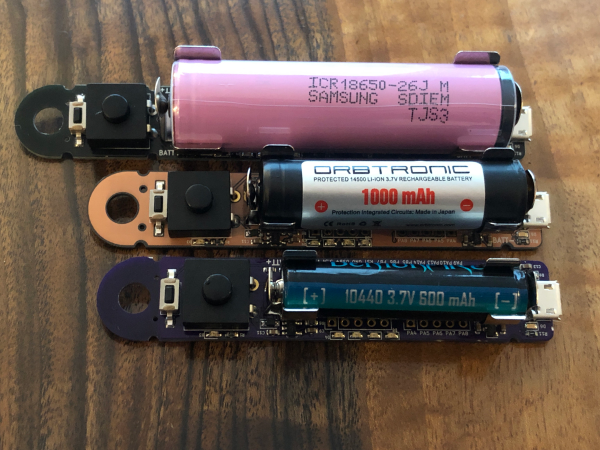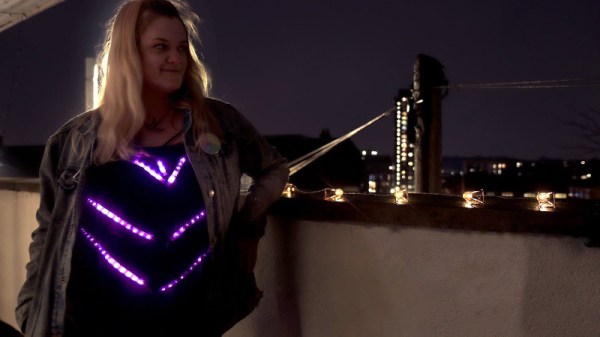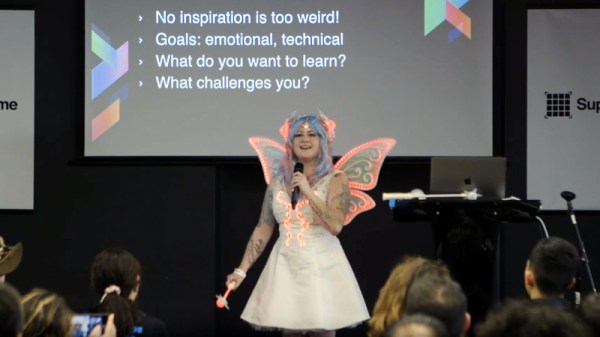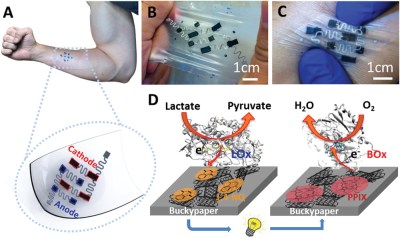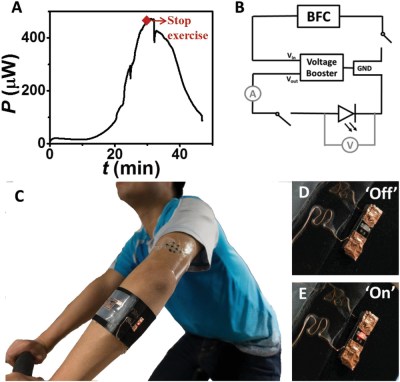Wearables are kind of a perplexing frontier for electronics. On the one hand, it’s the best possible platform for showing off a circuit everywhere you go. On the other hand, the whole endeavor is fiddly because the human body has no straight lines and moves around quite a bit. Circuits need to be flexible and comfortable. In other words, a wearable has to be bearable.
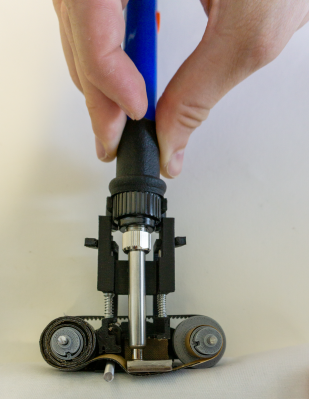 [Konstantin], [Raimund], and [Jürgen] have developed an intriguing system for prototyping e-textiles that opens up the wearables world to those who don’t sew and makes the prototyping process way easier for everyone.
[Konstantin], [Raimund], and [Jürgen] have developed an intriguing system for prototyping e-textiles that opens up the wearables world to those who don’t sew and makes the prototyping process way easier for everyone.
It’s a small and portable roll-on ironing device that lays down different kinds of custom ‘tapes’ on to textiles. The conductive fabric tapes can be used as touchable traces, and can support components such as flexible e-ink screens and solar panels. Some tapes provide single or multiple points of connectivity, and others are helper substrates like polyimide tape that multiply the possibilities for complex circuits.
The device uses a modified soldering iron to transfer the tapes, which are loaded onto 3D-printed spools that double as the wheels. Check it out after the break — there’s a 30-second tour and a 5-minute exploration of the whole process.
Everyone needs to prototype, even the seasoned stitchers. The next time you’re thinking in thread, throw some magnets into the process.
Continue reading “Rapid Prototyping System Gives Wheels To Wearables”


